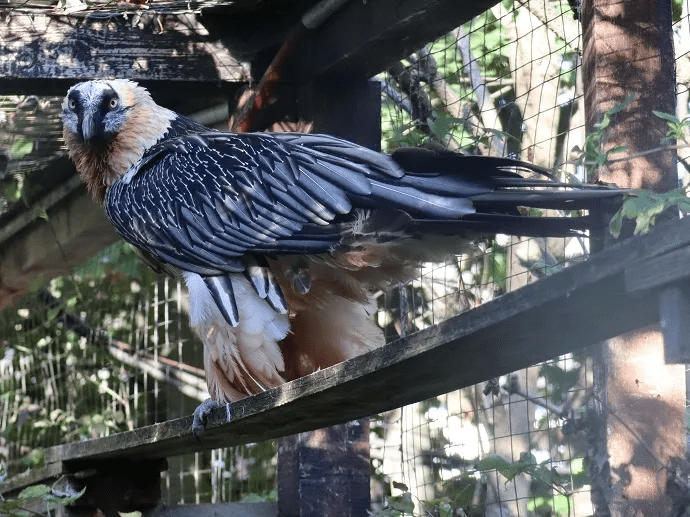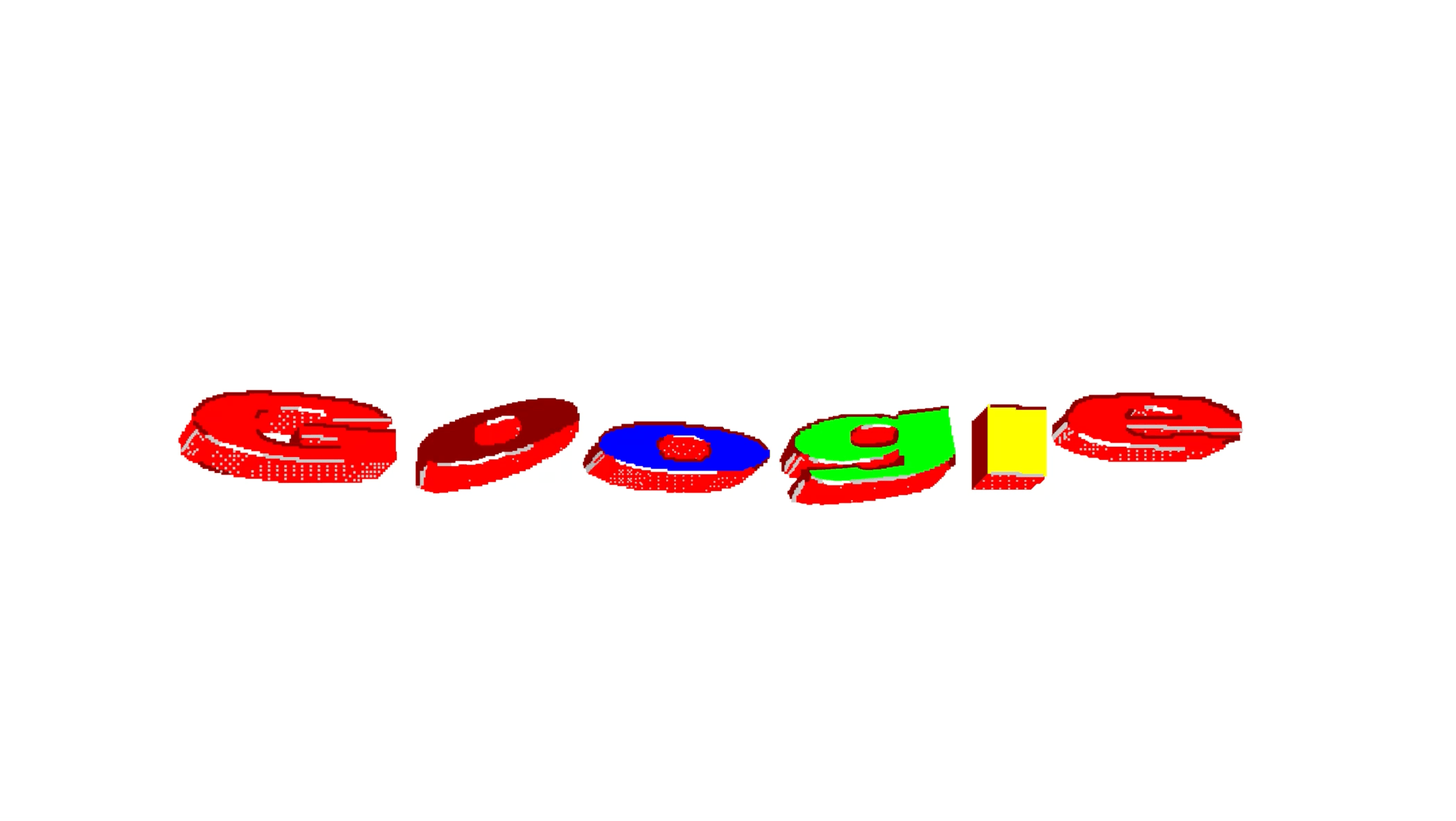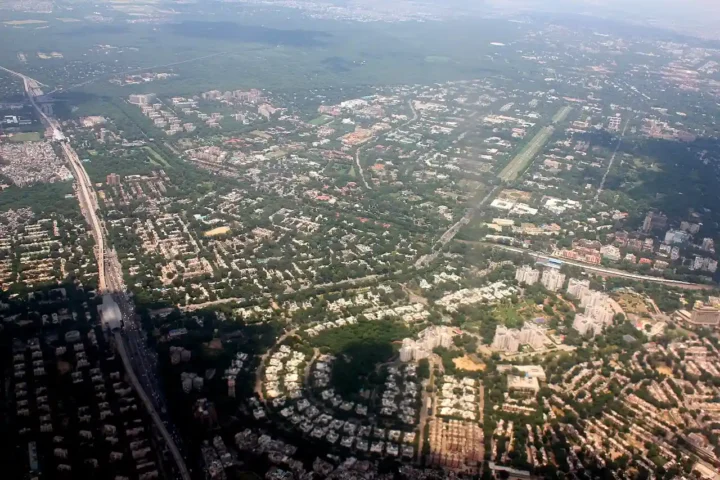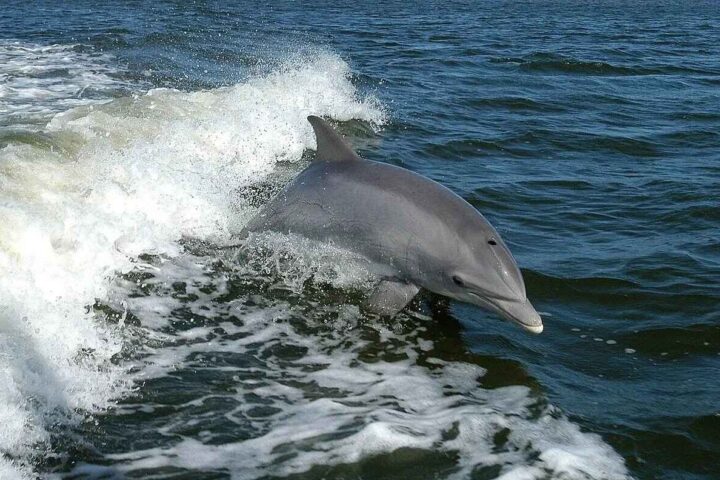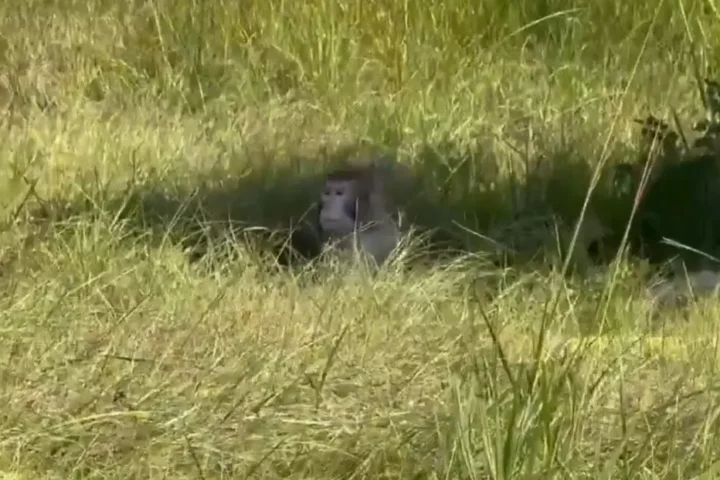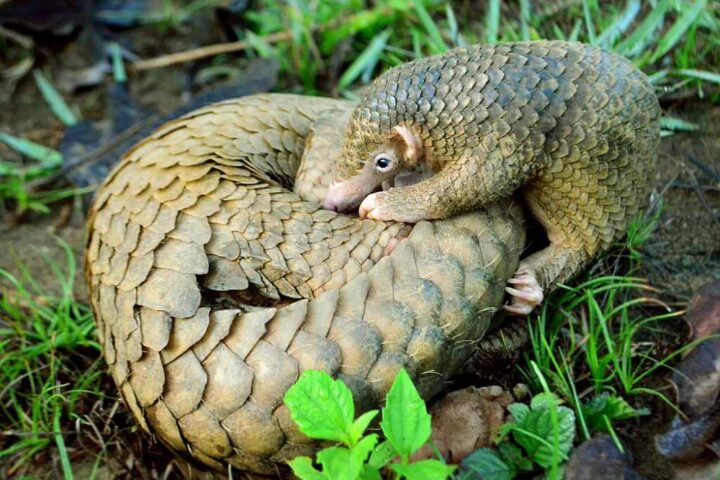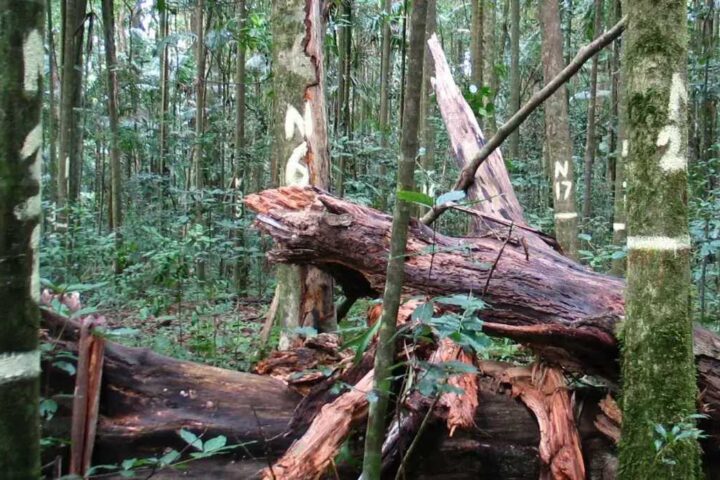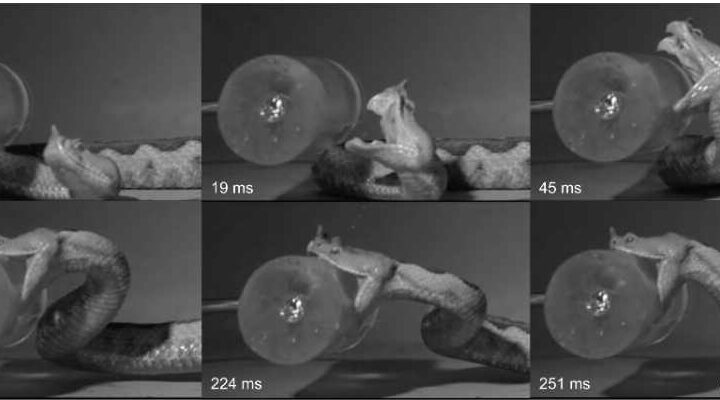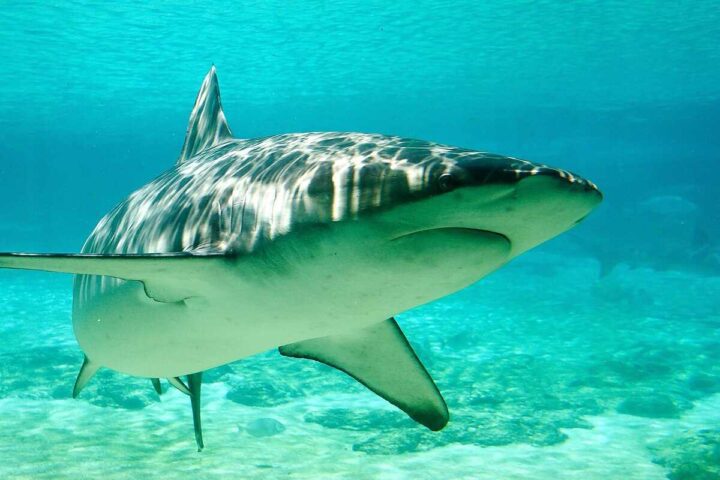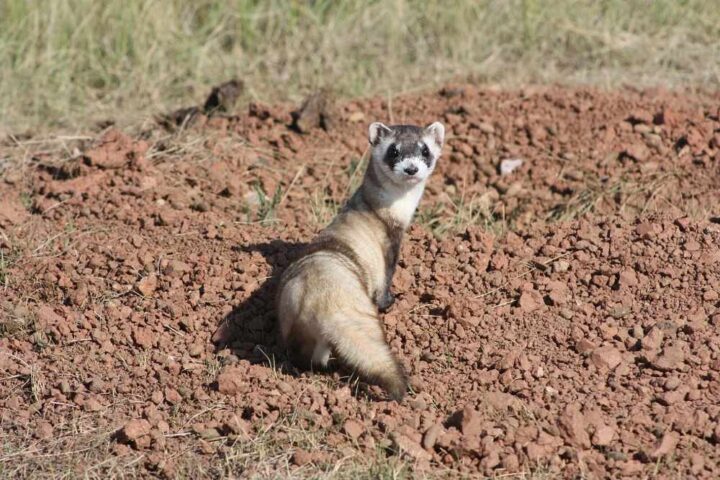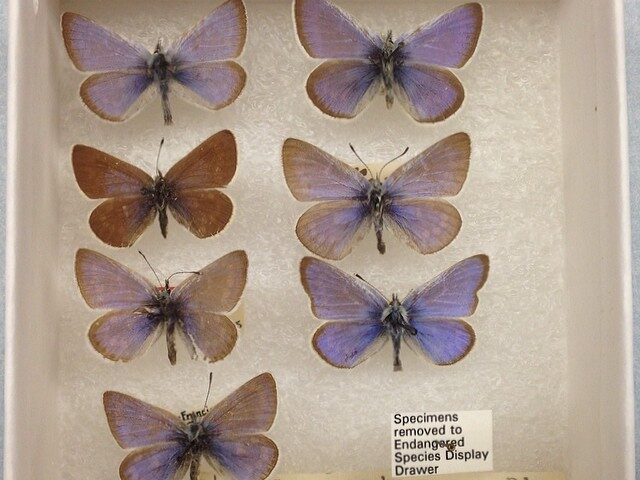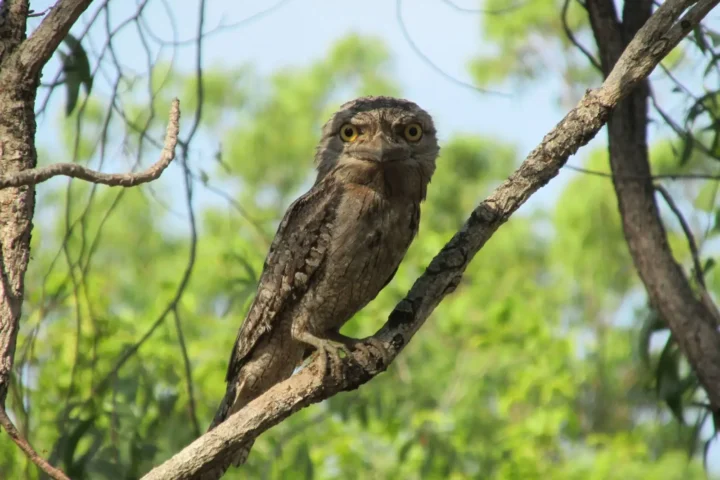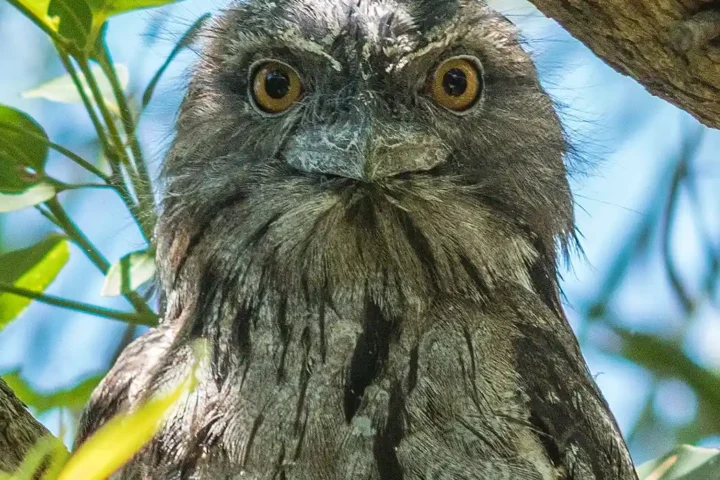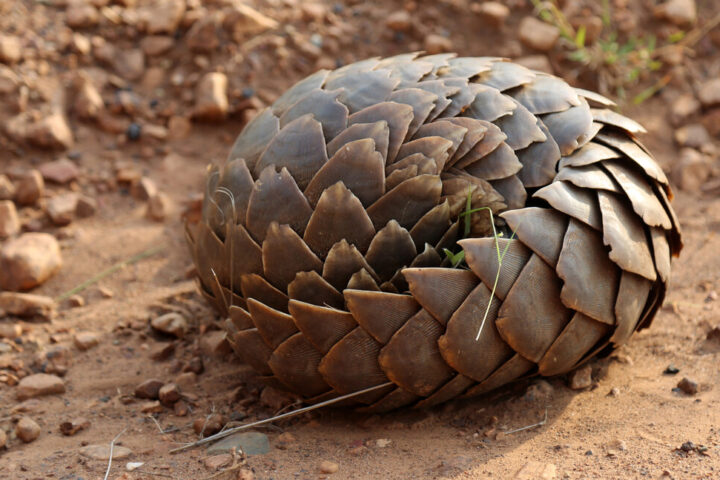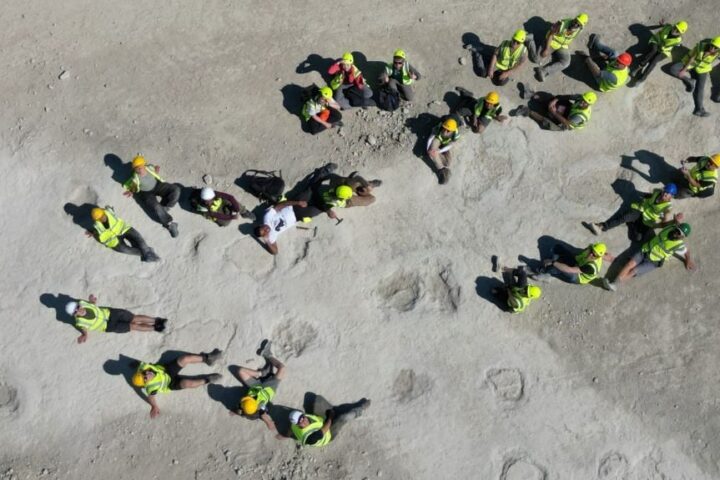Often symbolising death, vultures are ironically facing the threat of extinction themselves, shedding light on the intricate balance between humans & nature. The sudden collapse of vulture populations in India around the millennium had unforeseen consequences, leading to an explosion in the wild dog population & a surge in rabies cases. According to estimates from researchers at the University of Bath & the Institute of Economic Growth in India, the loss of vultures cost India over USD 30 billion.
Human Influence and Sixth Extinction
A researcher at the University of Oslo, Sara Asu Schroer emphasizes, “Never before have humans had such a strong influence on life on Earth as our current era.“ Characterised by rapid species loss due to human activities, the ongoing ‘sixth extinction’ contrasts with the slow pace of previous mass extinctions. Vast & unpredictable repercussions for humans can be triggered by the disappearance of species like vultures from ecosystems.
Research on Vultures in Europe
Schroer leads the research project “Living with Vultures in the Sixth Extinction”, exploring the multifaceted relationship between humans & vultures & conservation efforts in Europe. The world has witnessed a staggering 69% decline in animal populations since 1970, according to WWF’s Living Planet report. With Asia & Africa being the hardest hit, vultures have faced complete eradication in several regions, while Europe remains one of their last strongholds.
Vultures as Sentinel Species
The close interaction between vultures, humans, & domestic animals makes them a pivotal case for studying human-wildlife relationships in human-shaped landscapes. Serving as “sentinel species”, the vultures indicate the overall health of the ecosystems they inhabit. Highlighting the need for social sciences in addressing environmental crises, Schroer‘s research delves into the motivations & values of those involved in vulture conservation.
Vulture Species in Europe and Conservation Efforts
Europe hosts four native breeding vulture species: the Egyptian vulture, griffon vulture, cinereous vulture, & bearded vulture. The focus of Schroer has been primarily on the management of bearded vultures & griffon vultures, each with unique habitats & visibility. Despite the challenges involved, the rewilding of bearded vultures in the Alps exemplifies successful species reintroduction through captive breeding.
Historical Persecution and Emerging Threats
Hunters & farmers often persecuted vultures historically, but stricter environmental legislation since the 1970s has been beneficial. New threats have emerged, including indirect poisoning, veterinary drugs, environmental toxins, & lead ammunition. Given to livestock in the 1990s in India, the anti-inflammatory drug diclofenac led to the rapid decline of the vulture population there.
Similar Posts
Environmental Challenges and Human Impact
Additional risks to bird life, including vultures, are posed by the development of renewable energy infrastructure, such as wind turbines & cables. Bringing wild animals, including vultures, close to human habitats, changes in land use & habitat destruction are driving biodiversity loss. Illustrating the interconnectedness of human & animal health, the outbreak of mad cow disease & subsequent legislation impacted vulture populations in Europe.
Holistic Approaches and Human-Vulture Coexistence
The establishment of “vulture restaurants” & amendments to legislation were responses to the challenges faced by starving vultures. Emphasizing the need for holistic approaches to environmental & public health, Schroer asserts, “We humans are not outside the ecosystem, we are part of it. “ Insights into broader environmental challenges are provided by studying human-vulture coexistence, such as the decline in seabird numbers in Norway. Creating new conflicts in human-dominated environments, climate change, overfishing & lack of food are driving seabirds like kittiwakes to urban areas.
Project Aims and Interdisciplinary Collaboration
The project “Living with Vultures in the Sixth Extinction” investigates species loss & wildlife management in specific historical & cultural contexts. The aim of the project is to provide a historically informed ethnography on contemporary vulture conservation in changing European landscapes. The project explores the values, beliefs, & concepts involved in vulture conservation practices in Europe & develops more-than-human ethnography. Contribution to sustainable wildlife management through interdisciplinary collaboration with conservation scientists & practitioners is sought by the project.
Funding and Affiliation
The research is funded by Marie Skłodowska-Curie Actions under the European Commission’s Horizon 2020 research & innovation programme. Sara Asu Schroer is affiliated with the Oslo School of Environmental Humanities (OSEH) at the University of Oslo.
Comparative Study and Community Collaboration
Focusing on vulture conservation in a time of global vulture decline & relying on management techniques such as captive breeding & reintroduction, the project is comparative. Conservation initiatives depend on collaboration with local communities, farmers, herders, hunters, & veterinarians affected by vulture management. Commencing on August 1, 2020, the project is scheduled to conclude on July 31, 2024.
Contribution to Debates and Interdisciplinary Perspectives
The research contributes to debates in social anthropology & environmental humanities on the relationship between humans, the environment, & other species. The OSEH aims to strengthen interdisciplinary perspectives on environmental & climate challenges. In order to understand the biosocial agency of nonhuman beings, the study of avian conservation in changing European landscapes is essential.
Related Research Initiatives and Future Impact
The project is related to other research initiatives such as “Worlds of Meaning in Conservation” at the University of Oslo. The findings of this research have the potential to shape future conservation strategies & policies, fostering coexistence between humans & vultures in a rapidly changing world.
